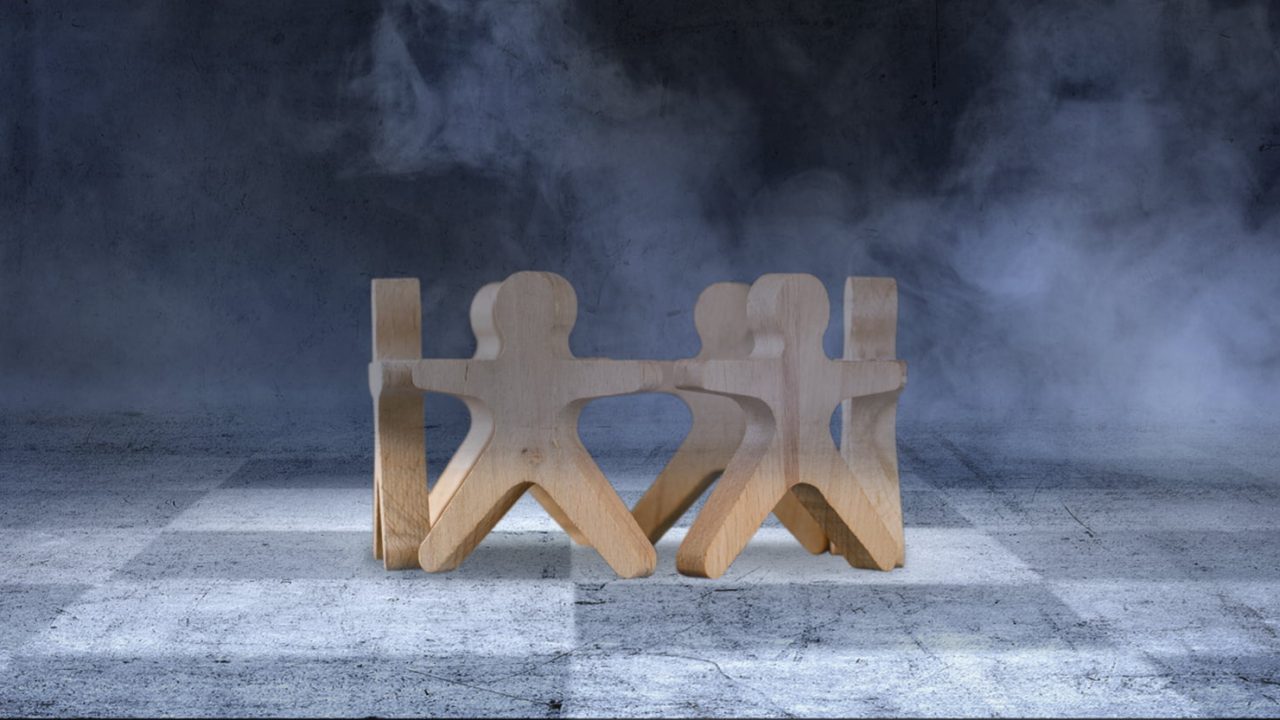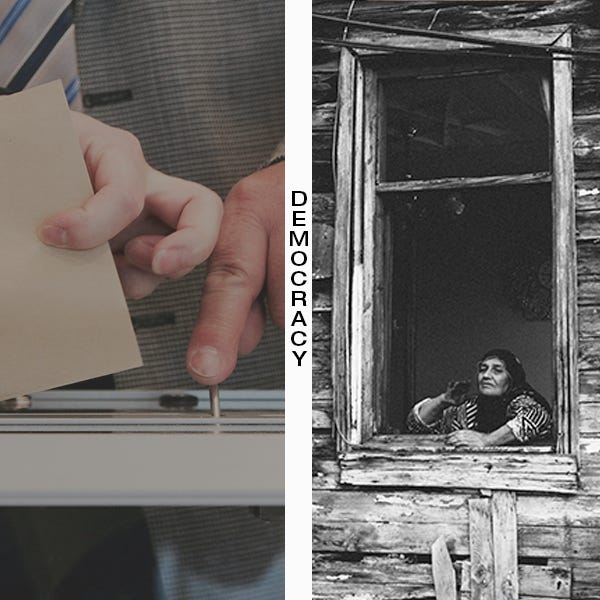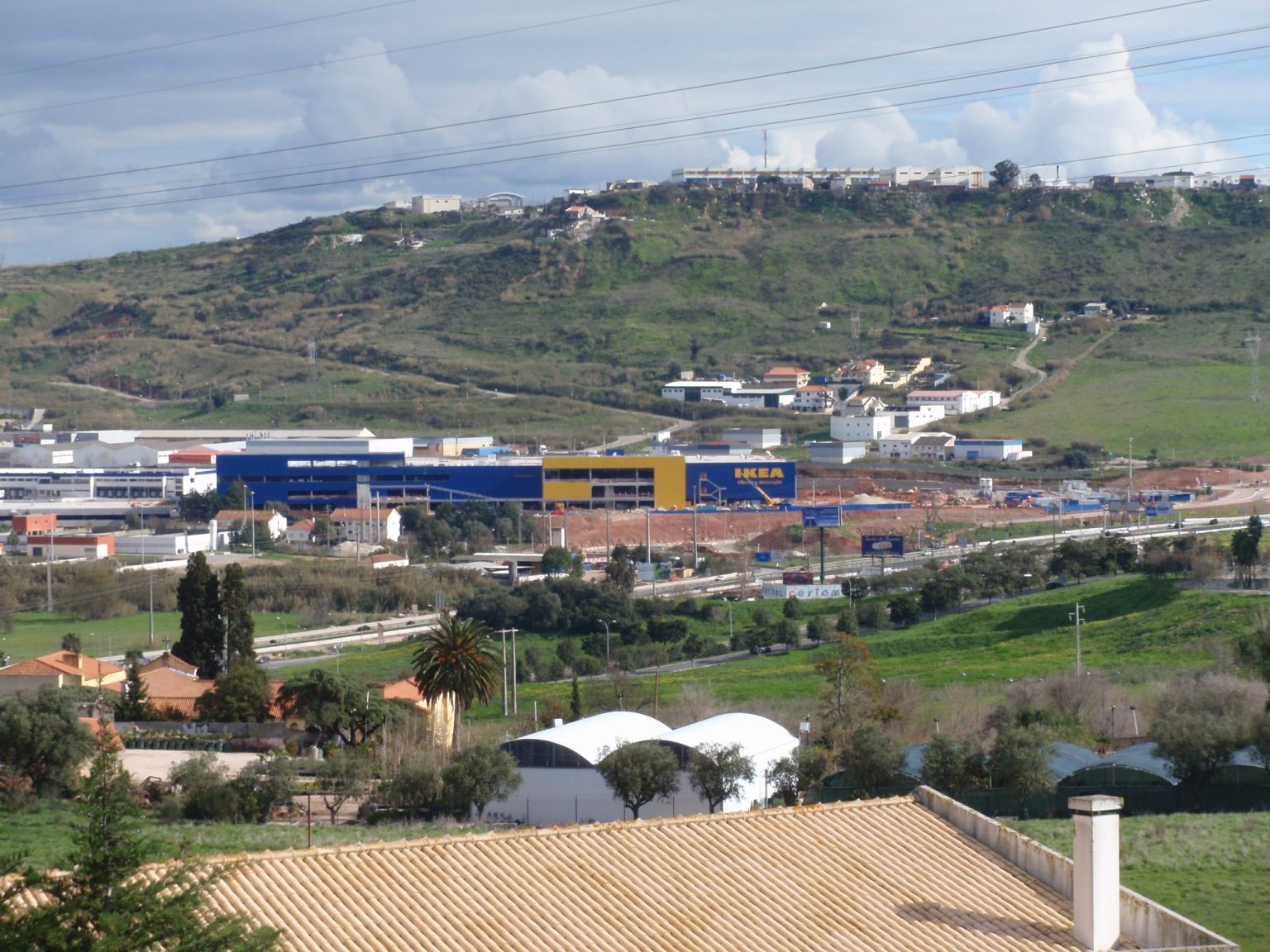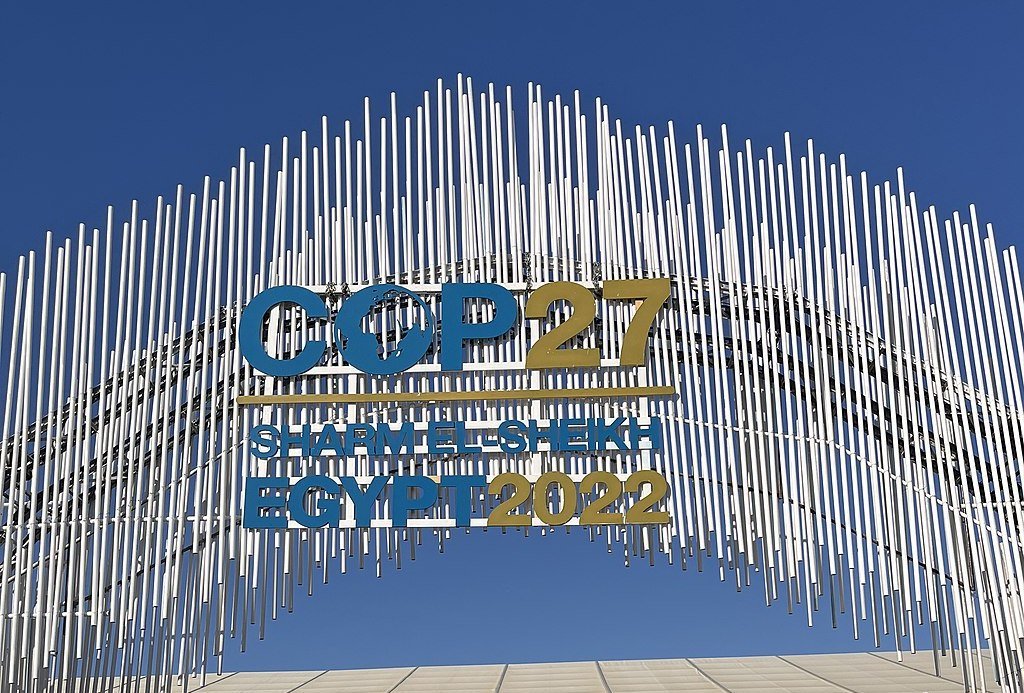Perhaps ever since C. Wright Mills, we know the elite recognizes one another. It does so from the self-assigned but also lofty position they have been allowed to occupy in society. In general, the elite accepts one another; they understand one another; they even marry one another; they also like to work in similar areas and in similar companies with one another; they share the same ideology; and they think, dress and act alike. Overall, the elite lives a protected and well-regulated existence where, next to inherited wealth, education plays all but one key element for joining the elite.
Elite upper-class members tend to congregate in promising and often highly selective pre-schools. These elite schools, in turn, like to open their doors to the already established elite. But these schools remain intermediated places on the way to a rather narrow band of elite universities like Oxford, Cambridge, Harvard, Yale, Princeton, etc. Yet, even elite universities are only through-put places on the way to even more highly exclusive clubs – the right place of wealth enjoyment or, alternatively, employment in, for example, top financial firms.
Overall, one might identify three types of elites: firstly, there is the military and war-going national security elite (generals, the military-industrial complex, etc.); secondly, there is the corporate elite in companies, firms, and corporations; and finally, there is the cultural elite (the cultural industry) covering the media, arts, science, education.
Common to all three types of elites is their relentless drive to expansion. Expansion remains a vital component of all elites. It secures the internal and external stability of the entire system as overseen by the elite. Historically, capitalism as run by various elites in various countries and at various times, has always remained an expansionist system. This has been the case from simple colonial capitalism that plundered to imperialism – that plundered even more to present day globalization – that plunders under a nicer name – globalization. Today, the ideology of globalization has become the key mode for global expansionism.
Since all three elites – military, commercial, and cultural – are forced to deal with democracy in some countries more than in others, propaganda – now re-named into public relations – has become ever more vital for the elite. As the Godfather of modern public relations Edward Bernays once said,
Propaganda got to be a bad word because of the Germans using it, so what I did was to try and find some other words so, we found the word public relations.
Ever since this time, people talk of public relations (PR). Most important is the fact that behind PR runs, often undetected but very successfully, the relentless script of propaganda.
The PR-propaganda replacement was only the first success of people like Poison Ivy and Edward Bernays. The second success of PR (propaganda) has been even more important. Mistakenly, we have been made to believe that the industrial revolution and scientific advancement are the true drivers of modernity. Not at all, says Bernays,
The significant revolution of modern times is not industrial or economic or political, but the revolution which is taking place in the art of creating consent among the governed.
This is what divides the elite from the non-elite. One governs – the other, to be “governed”, just as Bernays says.
Those who govern includes the corporate elite, the CEOs and the top-apparatchiks who use their corporate power to influence, shape, control and in some cases, even own the media. They govern the information space or what Habermas calls, the public sphere. This is an elite that indirectly or directly able to shape and manipulate public opinion.
Whether having simply an access to the corporate media, or owning the corporate media, or having an interest symbiosis with the media, the media remains a decisive apparatus. The corporate media serves all three elites and allows the elite to manufacture mass consent. Through the media, the elite can also engineer mass legitimacy for companies and corporations as well as, corporate capitalism as a whole.
Just like in the realm of the media, the corporate elite too, drives towards oligopolies and monopolies. All so-called free markets drive towards concentration. This eternal tendency of capitalism is camouflaged – rather successfully – through the free market and competition ideology. Beyond that, in many capitalist markets, there is also a prevailing tendency towards non-competitive market structures, e.g. the monopoly. As the former Harvard Business Review editor freely admitted,
Business executives are society’s leading champions of free markets and competition, words that, for them, evoke a world view and value system that rewards good ideas and hard work, and that fosters innovation and meritocracy. Truth be told, the competition every manager longs for is a lot closer to Microsoft’s end of the spectrum than it is to the dairy farmers. All the talk about the virtues of competition notwithstanding, the aim of business strategy is to move an enterprise away from perfect competition and in the direction of monopoly.
Irrelevant of strong competitive markets or true oligopolistic or monopolistic markets, all markets create winners and losers. Beyond that, oligopolistic and monopolistic markets also create inequalities. In the last four decades, these inequalities and its accompanying pathologies such as, the creation of the precariat, wage stagnation, the ever growing size of the working poor, etc. have been turbo-charged through neoliberalism.
Given the inextricable elite-media link, the majority in formally democratic countries is still willing to tolerate rising inequality even within their societies. What we have seen is a parallel development of a marked decline in global inequality that is – the inequality “between” countries. This is mostly because of the rise of incomes in China. Yet, inequality is on the rise “within” countries. In other words, inside countries, the elite separates itself further and further from the non-elite.
The non-elite is made to accept all this. And it will continue to do so, as long as it perceives their absolute income to be going up over time. In short, maintaining mass consumerism flanked by a gigantic propaganda apparatus has, so far, been able to create a widespread acceptance even for stagnating wages and falling living standards for a significant section of the non-elite. This has hit the working class and some sections of the middle-class.
Yet, the corporate elite also knows that there is only one way to sustain their increasing distance to the middle and working class and, this is to continue to deliver economic outcomes that give those left behind the illusion or perspective that life is getting better. The only way to achieve this is through continual expansion and the hallucination of endless economic growth. Yet, the latter remains one of the key contradictions of capitalism. Only a madman and a neoliberal economist believe that infinite growth is possible in a place that has a finite existence. Earth does not provide infinite resources. Nor does it provide infinite areas, seas, air and land to pollute and destroy.
As global warming moves on uncompromisingly, even the media apparatus of the corporate elite will find it harder and harder to sell capitalism’s “eternal growth” ideology. Once all three elites are no longer able to pull this off – i.e. to smokescreen this contraction – the faked and always temporary semi-legitimacy of what conservatives fancy as the “political equilibrium” will be called into question, very seriously.
This marks the exact moment when the political and economical system the three elites have so carefully constructed and have continued to oversee, enters into a terminal phase of crisis and stress. Once the elite system is in crisis and stress, it will, almost inevitably give rise to elite competition, rivalry, battles, even civil and national wars.
Such wars can include a war of one elite against the elite of another nation as, it is the elites that normally own natural resources and capital that demands expansion. In virtually all elite-vs.-elite conflicts, it is the non-elite that supplies the foot soldiers and the cannon fodder. Just like the generals of the military elite can be separated from soldiers, the non-elite on the whole can also be separated into two broad groups: the skill and unskilled.
The skilled non-elite supplies the necessary skills to run the corporate, cultural and military apparatus for the elite. Meanwhile, the unskilled non-elite supplies the labor that makes all this possible. While the unskilled are asphyxiated in their social and economic position, some members of the skilled non-elite are given, at least theoretically, the option to become upwardly mobile.
On the whole however, even the skilled aren’t given the opportunity to turn their savings into investments in expectation of returns (ROI) and thereby, into capital. Yet, very few have indeed managed to become modern-era entrepreneurs (in IT, for example). They are mostly sourced from an urban university-educated middle-class. On the whole however, most of the skilled middle-class in our contemporary world are assigned the task to supply engineering and information technology skills to the elite.
At times, there are governments that favor the development of such skills. At other times, government leave this up to the free market. Whatever the ideologies and political preferences may be, the elite can work with most governments. However, the elite still – for most obvious reasons – prefers governments with an ideology that is close to its own ideology. This is the ideology of conservatism or neoliberalism or, ideally, both. One can see the success of this in the ruling elite in most OECD countries (UK, NL, CZ, Germany, Hungary, Poland, France, Italy, Japan, etc.) and beyond, i.e. India’s Modi, Brazil’s Bolsonaro, The Philippines’ Duterte, etc.
Most obviously, the greater the political power of the elite, the greater the ability of the elite to tilt the rules in their favor – pro-business re-regulation, tax increases for the poor, minimal or no tax for the elite and corporations, deliberately installed so-called tax loopholes, anti-trade union rules, etc.
Beyond that, their position as the prime influence of politics allows the elite to manipulate the political process ever more successful through lobbying, voter suppression, and most importantly, favorable treatment “of” the corporate media which, in turn, assures favorable treatment “by” the corporate media – a helpful factor during elections. All of this not only strengthens the domestic elite, it also assists the elite when dealing with the elite in other countries.
As a consequence, the relationship between the elite in capitalism’s core countries (e.g. USA) and the elite that exists in peripheral countries (e.g. Saudi Arabia) remains important. Since the colonial days of gunboats appear to be – mostly – over, the elite in core countries has been forced to tolerate, at least to some degree, the relative autonomy of the peripheral elite.
Much of this, of course, depends on some level of trust between the core elite and the peripheral elite. As a consequence, the core–periphery relationship is made to appear to be heterogeneous. How the core-periphery relationship works in reality can be shown, for example, on the USA–Iraq relationship.
During the 1980s, when Iraq was fighting Iran, it was the time “When Rumsfeld was chummy with Saddam.” In the 1990s, this changed (Gulf War) culminating in the 2003 invasion of Iraq by the USA for no Weapon of Mass-Destruction. Instead, the world got Abu Ghaib. Today, a more positive USA-Iraq relationship appears to have returned after the USA installed a more favorable elite that claims to run Iraq.
In any case, the role of the peripheral elite as assigned to it by the elite in the core, is primarily to oversee the exploitation of peripheral countries and, more directly, to collect the profits on behalf of the elite of the core. This arrangement dates back to the slave trade which was run by the white elite. Yet, there also were Black African Kings who were more than just bystanders of the slave trade.
Today, the relationship between the core and the peripheral elite remains imperative for globalization. In fact, both elites depend on each other. There is inter-dependence. The peripheral elite, for example, maintains local infrastructure facilitating not only the extraction of primary resource but also for the extraction of profits.
Sadly, many if not most atrocities, brutal acts of coercion, environmental vandalism on a global scale committed by the peripheral elite on behalf of the core elite against the local population in peripheral countries does not seem to affect public opinion much in core countries. For example, in the aforementioned Abu Ghraib case, US president George Bush issued an apology in 2004. By the end of the year, Bush was elected president with 57% of the public vote. The media was happy to give a helping hand.
In the end, the elite in the core depends on the corporate media to mass manufacture consent. For that, corporate media likes to give itself the appearance to be impartial, to report the news without fear of favor, to be objective, independent, work tirelessly as the beacon of press freedom and free speech. Behind the self-assigned façade of liberalism however, support for the ruling elite lurks.
Again, wars like the Iraq war serves as an instructive example as one of the world’s foremost journalist – John Pilger (The war you don’t see) – and the world’s most influential intellectual, Noam Chomsky, have shown since decades. How all this can be changed is outlined in my forthcoming book “media capitalism” (Palgrave, UK).
This article was published on 10 August 2021 at ZNet.
The Barricade is an independent platform, which is supported financially by its readers. If you have enjoyed reading this article, support The Barricade’s existence! See how you can help – here!
Also, you can subscribe to our Patreon page. The Barricade also has a booming Telegram channel, a Twitter account and a YouTube channel, where all the podcasts are hosted. It can also be followed in Rumble, Spotify, SoundCloud and Instagram.











